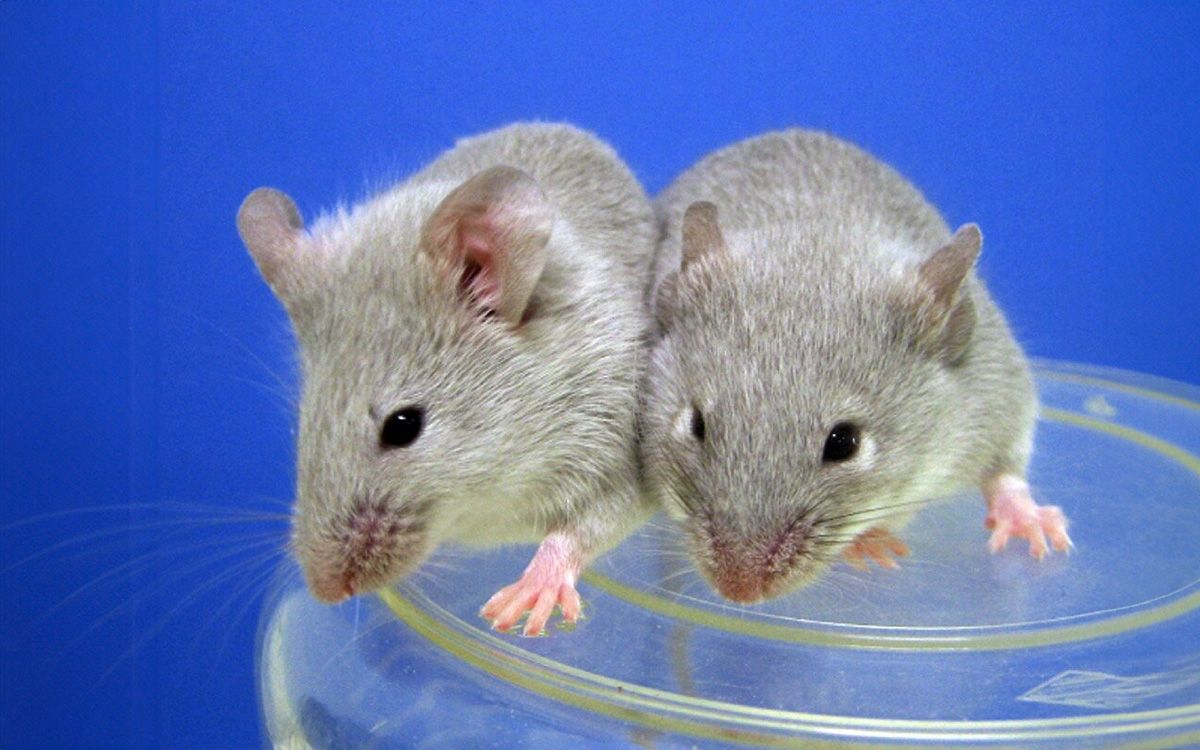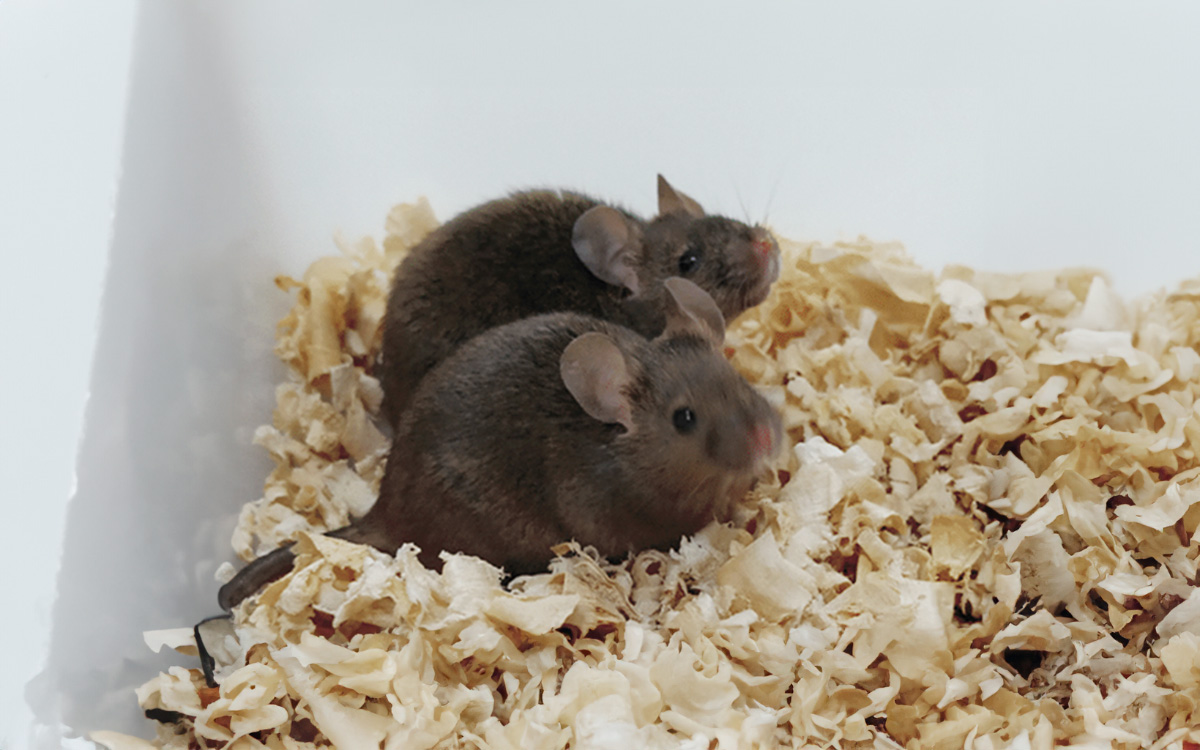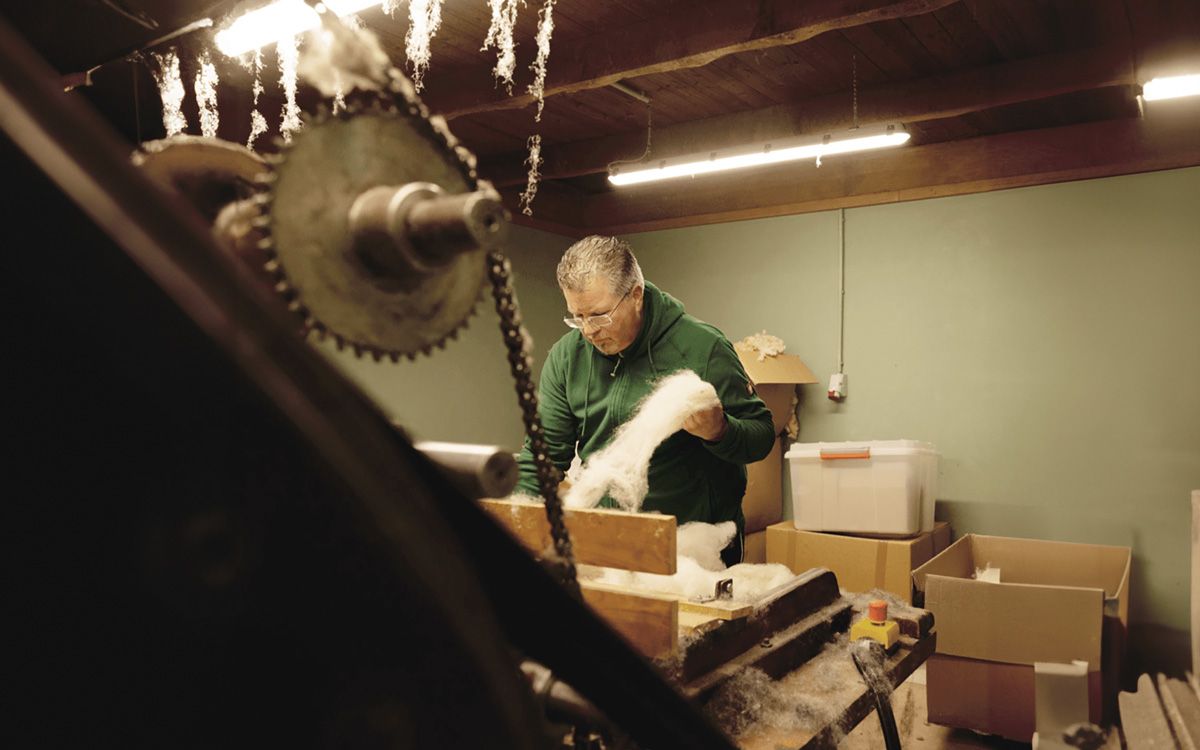Mice Born to Two Male Parents

Scientists have made rapid advancements in genetic engineering and reproductive biology, which could help gay men have biological children in the future. In a remarkable breakthrough, scientists in China have successfully used genetic engineering to create mice with two male parents, marking a significant advancement in reproductive biology.
Mice Born to Two Male Parents challenged traditional notions of mammalian reproduction and opened new avenues for understanding genetic imprinting and its implications for human health.
The research team, led by Zhi-kun Li and colleagues at the Chinese Academy of Sciences, employed CRISPR technology to modify 20 regions of the genome related to genetic imprinting.
Genetic imprinting is a process where specific genes are expressed differently depending on whether they are inherited from the mother or father. By targeting these genes, the scientists were able to overcome the biological barriers that typically prevent viable offspring from being produced by two males.
The process involved converting sperm cells into cells that mimic egg cells, which were then combined with sperm from another male mouse. The resulting embryos were gestated by female mice, leading to the birth of mice with genetic material from two male parents. Although these mice faced developmental challenges and were not fertile, some were able to survive to adulthood, a milestone in this field of research.

This study has profound implications for our understanding of reproduction and genetic imprinting. While the technique is not yet applicable to humans, it contributes significantly to the field of regenerative medicine and could potentially aid in the conservation of endangered species by offering new reproductive strategies.
For the LGBTIQ+ community, this research highlights the exciting advancements in genetic engineering and reproductive biology. While the possibility of two men biologically fathering a child remains a topic of scientific speculation and controversy, such breakthroughs underscore the potential for future innovations that could redefine family planning and reproductive options.
It should be noted that the mice created through this process are not fertile and often face developmental issues; the study demonstrates the feasibility of overcoming biological barriers to unisexual reproduction in mammals, paving the way for further research into stem cell therapies and genetic diseases related to imprinting.
The creation of mice with two male parents represents a significant step forward in genetic engineering and reproductive biology. As science continues to push boundaries, it is essential to consider the ethical, social, and biological implications of such advancements, ensuring that they contribute positively to human health and well-being.







